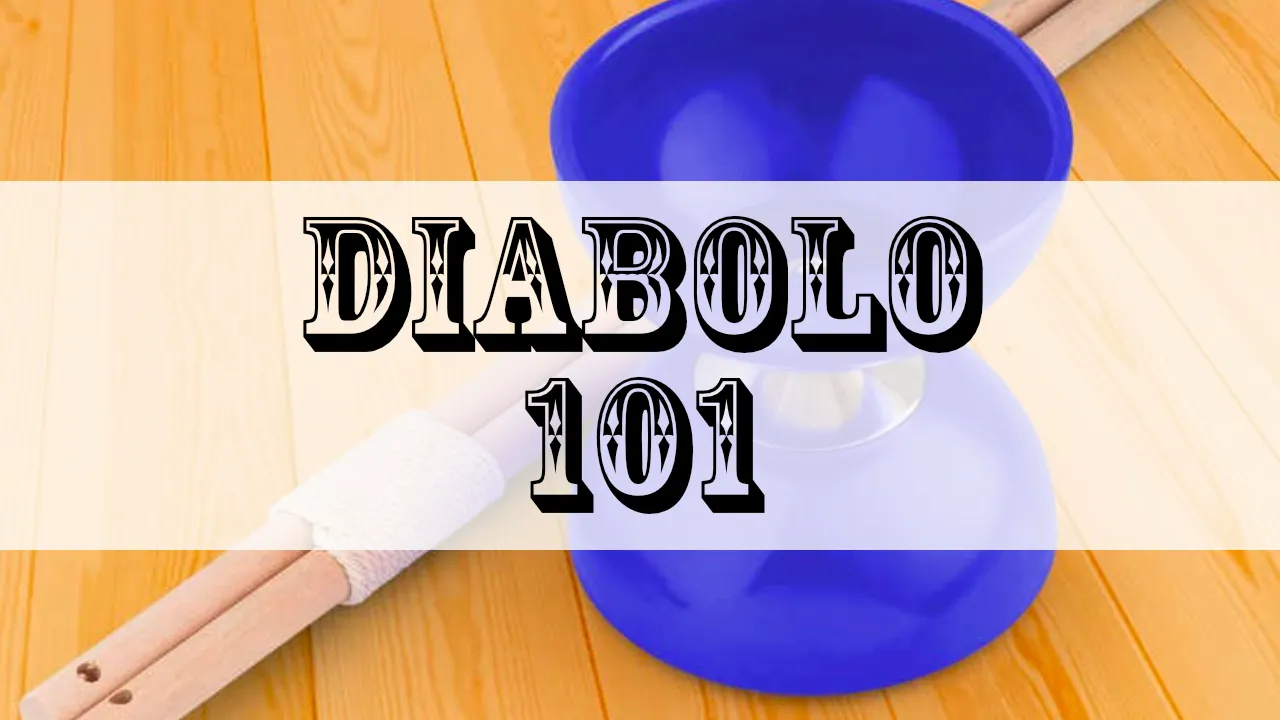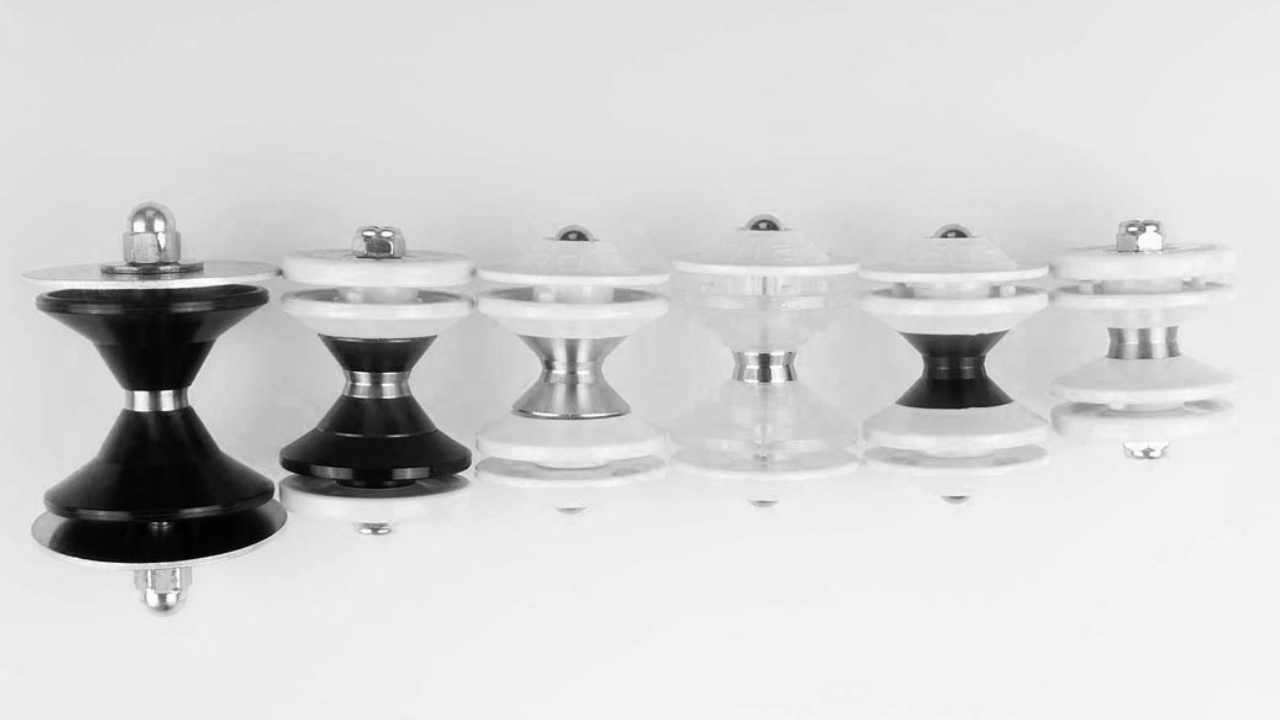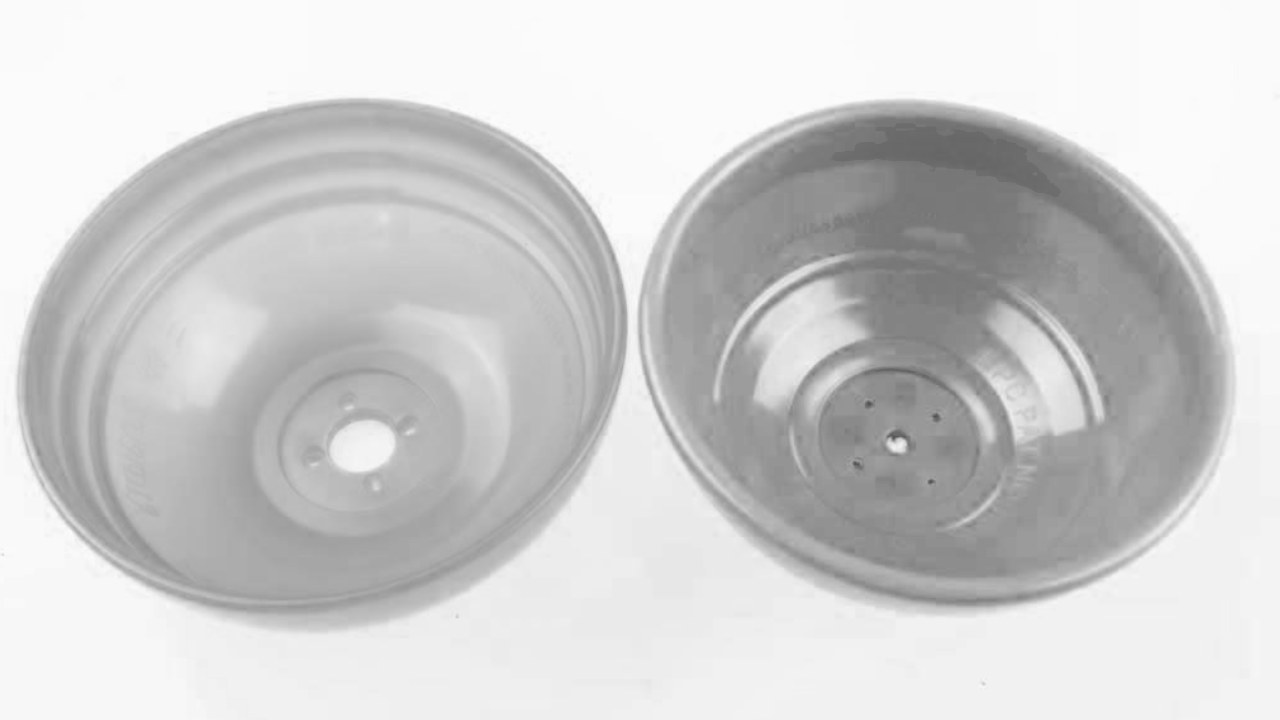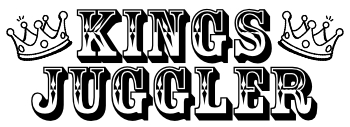What are the different parts of a Diabolo called?

- A Brief History of the Diabolo
- The Anatomy of a Diabolo
- 1. The Axle
- 2. The Cups
- 3. The Hub
- 4. The Washers
- 5. The Bearings
- Types of Diabolos
- 1. Fixed Axle Diabolos
- 2. Bearing Axle Diabolos
- 3. Triple Bearing Diabolos
- FAQ
- What is a diabolo?
- What are the different parts of a diabolo called?
- What are the different types of diabolos?
- What is the difference between a fixed axle diabolo and a bearing axle diabolo?
Hey there, circus enthusiasts and juggling junkies! Today, we are diving deep into the world of diabolos. No, it’s not a type of pasta or a character from a telenovela. It’s one of the coolest props in the circus world! Ever watched a circus performance and wondered about that hourglass-shaped thingy that the performer is spinning and tossing in the air? That, my friend, is a diabolo. And today, we are going to dissect this fascinating object (not literally, of course) and learn all about its different parts. So grab your popcorn and let’s get started!
A Brief History of the Diabolo
Before we dive into the nitty-gritty, let’s take a quick trip down memory lane. The diabolo, pronounced dee-ah-bow-low, is believed to have originated in China around 4,000 years ago. It was used as a toy for children and also as a tool for religious ceremonies. The diabolo made its way to Europe in the 18th century and quickly gained popularity as a form of entertainment. Today, it is a staple in circus performances and juggling acts all around the world.
The Anatomy of a Diabolo
Alright, enough with the history lesson. Let’s get to the good stuff! A diabolo, at first glance, might seem like a simple object. But it is actually made up of several different parts, each with its own name and function. Let’s break it down:
1. The Axle

The axle is the metal rod that runs through the centre of the diabolo. It is the part that the string wraps around when you are spinning the diabolo. The axle can be made of different materials, such as steel, aluminium, or titanium, and its width can vary. A wider axle makes it easier to perform finger grinds and other advanced tricks.
2. The Cups

The cups are the two halves of the diabolo that are attached to the axle. They are usually made of rubber or plastic and come in various colours. The cups are shaped like a bell or an hourglass, which helps to keep the diabolo stable while it is spinning. The size and weight of the cups affect the diabolo's speed and stability.
3. The Hub

The hub is the part of the axle that sticks out on either side of the diabolo. It is where the string wraps around when you are spinning the diabolo. Some diabolos have a one-piece axle and hub, while others have a separate hub that can be replaced.
4. The Washers
The washers are small discs that are placed on either side of the axle, between the axle and the cups. They help to reduce friction and keep the diabolo spinning smoothly.
5. The Bearings
Some diabolos have bearings, which are small balls or rollers that are placed inside the axle. Bearings make the diabolo spin more smoothly and for a longer period of time. They also make it easier to perform certain tricks, such as finger grinds.
Types of Diabolos
Now that we know the different parts of a diabolo, let’s take a look at the different types of diabolos available:
1. Fixed Axle Diabolos
Fixed axle diabolos are the most common type of diabolos. The axle is fixed in place, which means it does not spin independently of the cups. This type of diabolo is great for beginners because it is easier to control.
2. Bearing Axle Diabolos
Bearing axle diabolos have bearings inside the axle, which allows the axle to spin independently of the cups. This makes the diabolo spin more smoothly and for a longer period of time. It also makes it easier to perform certain tricks, such as finger grinds.
3. Triple Bearing Diabolos
Triple bearing diabolos have three sets of bearings inside the axle, which makes the diabolo spin even more smoothly and for an even longer period of time. This type of diabolo is great for advanced performers who want to perform more complex tricks.
FAQ
What is a diabolo?
A diabolo is a juggling prop that consists of an axle and two cups. It is spun using a string attached to two sticks.
What are the different parts of a diabolo called?
The different parts of a diabolo are the axle, the cups, the hub, the washers, and the bearings.
What are the different types of diabolos?
The different types of diabolos are fixed axle diabolos, bearing axle diabolos, and triple bearing diabolos.
What is the difference between a fixed axle diabolo and a bearing axle diabolo?
A fixed axle diabolo has an axle that is fixed in place, while a bearing axle diabolo has bearings inside the axle that allow it to spin independently of the cups.
we may earn a commission if you click through and make a purchase.

